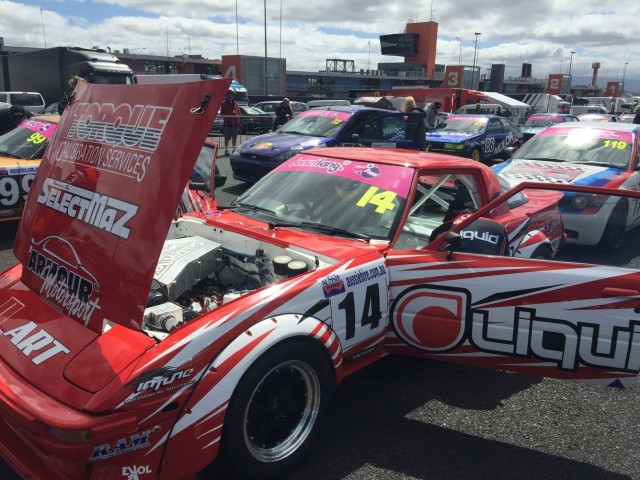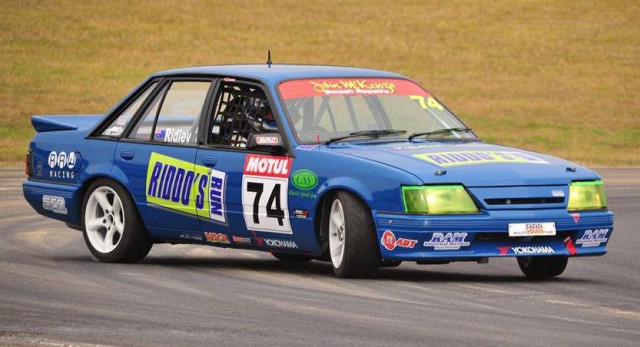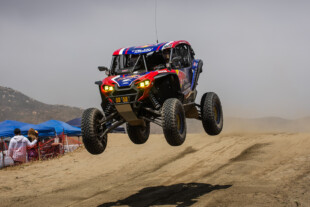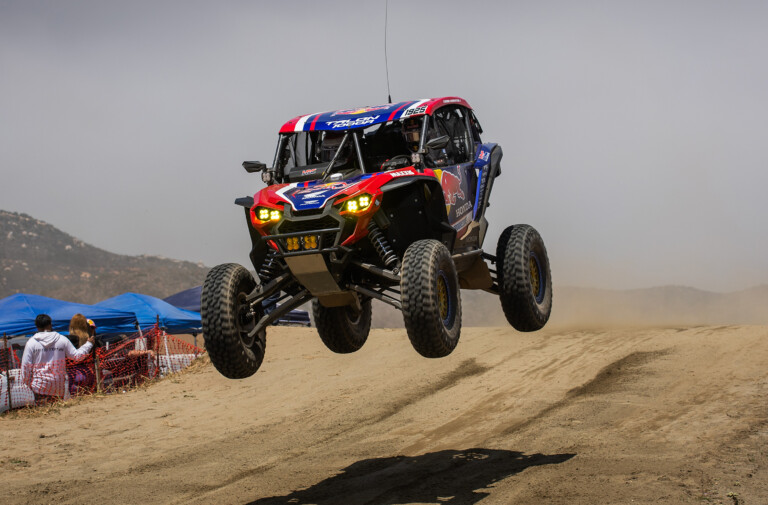At the lengthy Mt. Panorama circuit, one could be forgiven for expecting the giant Commodore to have the edge. After all, the torque offered by the modern LS1 sitting in the engine bay offers an obvious advantage down the Conrod Straight. However, anyone familiar with the mountain and its daunting downhill will readily admit that a car with a sharp front end and a willingness to change direction rapidly will flourish on the increasing-radius corners towards there. So, perhaps the aging Mazda has a good shot at the quicker lap time.
As one might predict, the Holden Commodore manages to regain any losses any time a significant straight appears, but the gap it ekes out is never enough to completely lose the RX-7. Like clockwork, the rotary-powered machine brakes consistently later, and carries much more speed into the corner – but that relationship only holds true on the flatter sections of the track.
Heading up the hill, it’s the Commodore which uses real torque to propel its lardier frame and stay two car lengths ahead. However, that climb is short and once the peak is reached, the Mazda regains the lead and moves two-to-three lengths ahead; hitting the apex when the Holden is still hard on the brakes.
Predictably, the Holden suffers the most descending the hill, where its wide girth and extra weight keep it from taking the ideal line through most of the corners; just listen to how cautious driver Dan Ridley has to be while navigating the course just to avoid clouting those concrete barriers. There’s really no contest through this technical section: the split time is four seconds!
Where the two end up as they cross the finish line is striking – keep in mind that the downhill is followed by the lengthy Conrod Straight. Many people will argue the merits of a low-powered, lightweight car over something bigger and punchier, but this footage shows it’s not quite as simple as some would like it to be.























